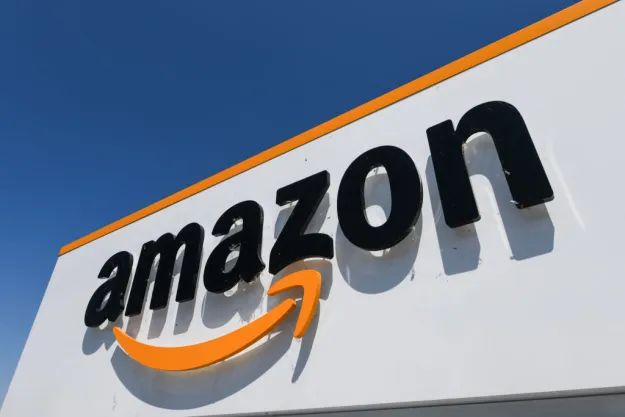Amazon has always kept quiet about how many users its Prime service has. Until now, that is.
In a letter to shareholders on Wednesday, Amazon boss Jeff Bezos said that 13 years after launching the service, Prime now has more than 100 million members globally.
Benefits and fees vary around the world, but in the U.S., for example, Prime costs $99 a year and offers members free access to a library of online movies, TV shows, originals, and music tracks, as well as a small number of Kindle books. A range of fast and free delivery options for orders made on its site are also a big part of the package.
Bezos was keen to sing the praises of the service, telling shareholders: “In 2017, Amazon shipped more than 5 billion items with Prime worldwide, and more new members joined Prime than in any previous year — both worldwide and in the U.S.” The figure will have been boosted by the launch of Prime into new markets such as Mexico, Singapore, and the Netherlands last year.
Clearly a fan of big numbers, the CEO pointed out that members in the U.S. now receive unlimited free two-day shipping on more than 100 million different items.
When it started in 2005, Amazon Prime was a pretty basic offering, but since then, especially with its delivery operation, it’s expanded to make deliveries considerably quicker, and in some locations has the delivery dude knocking on the door within seconds of hitting the Buy button. Well, within an hour.
Bezos pointed out that its latest Prime Day — the company’s highly publicized online shopping festival — was its biggest global shopping event ever, “with more new Prime members joining Prime than any other day in our history.”
Amazon has been tweaking its Prime membership options over the years in a bid to pull in more punters. In 2016, for example, it began offering an $11-a-month option (now $13) alongside its $99-a-year offering. Although more expensive, reports suggest it has proved popular, with somewhere in the region of a quarter of Prime members now choosing to pay monthly.
Josh Lowitz, partner and co-founder of research firm Consumer Intelligence Research Partners, said last year: “We think that the monthly membership option appeals to the later Prime adopters, with a smaller, potentially temporary commitment, that ultimately yields a long-term commitment.”
He added, “With smaller-dollar, single-month decisions, the new plan winds up helping with retention rates, which already average 85 percent for a member renewing after their first year.”
If you’re yet to try Prime and are wondering what all the fuss is about, check out Digital Trends’ handy guide to discover precisely what you get for your money.
On the flip side, if you’re reading this and thinking, “I pay for Prime but actually I never use it … how do I cancel?” then this page will guide you through the process. If you want to know more, you can also check out our guide on what Amazon Prime Now is.
Editors' Recommendations
- Amazon expands Fresh grocery delivery for non-Prime members
- Amazon makes it harder for non-Prime members to get free delivery
- We’re getting another Amazon Prime shopping event in October this year
- Amazon plans ‘once-in-a-generation’ changes for Search, job ad reveals
- Amazon starts drone delivery trials in California and Texas

